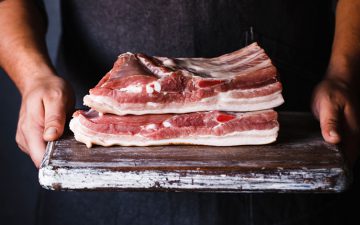 Blog
Blog 
Top 5 Industry Websites For Easy Pork Recipes For Your Customers
12 May 2018
Pork is the most widely eaten meat in the world, yet Australians are low pork consumers when compared to the other red meats we eat, and nobody is sure why. Here’s a few reasons that could explain what the rest of the world already knows….